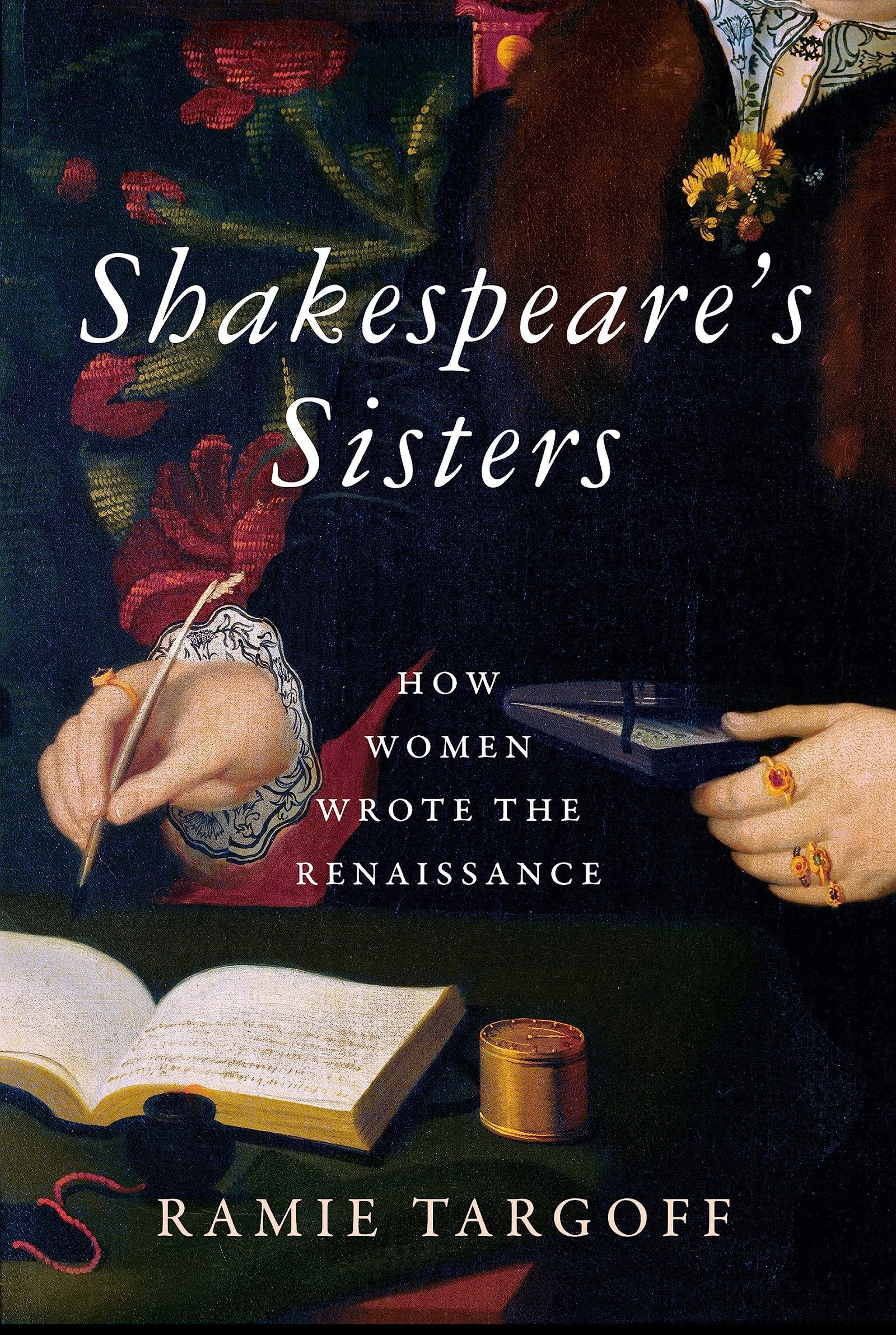
06 Jun Book Review of Shakespeare's Sisters: How Women Wrote the Renaissance
Review of Shakespeare’s Sisters: How Women Wrote the Renaissance by Stephen Targoff
When I first picked up Shakespeare’s Sisters: How Women Wrote the Renaissance by Stephen Targoff, I felt a stirring sense of curiosity. As a lover of literature and history, the prospect of uncovering the stories of women whose voices echoed in the shadows of the Renaissance was tantalizing. What secrets did these women hold, and how did they navigate a world dominated by men? Targoff’s book promised answers, and while the journey had its bumps, it ultimately led me to intriguing revelations.
Targoff invites us into the lives of four remarkable women writers from the Renaissance, each navigating their own complex landscapes. The first third of the book, however, was a bit slow for me; I found myself trudging through Mary Sidney’s rather conventional life. While her contributions were undeniably significant—editing her brother’s works and publishing translations of the Psalms—her narrative lacked the vibrancy I craved. I admit I was baffled by the choice to start with Elizabeth I’s funeral, a detour that seemed more academic than enthralling.
But then, oh, did the book come alive! Aemilia Lanyer burst onto the scene like a vivid painting—the striking contrast to Sidney. Here was a woman from a non-aristocratic background, living a life full of intrigue: from noble lover to potential high-end escort. Lanyer’s bold poems, particularly her retelling from Pontius Pilate’s wife’s perspective, ignited my imagination. She not only challenged societal norms but made a case for women’s liberation that resonated with me deeply. It felt like reading an early blueprint for feminist thought, and I wished she had enjoyed more recognition in her time.
Continuing through the book, Elizabeth Cary’s story captured my heart. A child prodigy who interceded in a witch trial at just ten? What a fascinating foundation for her future endeavors! Her dramatic separation from her husband following a conversion to Catholicism was nothing short of audacious, and her works addressing strong female figures were eye-opening. Meanwhile, Anne Clifford’s extensive diaries painted a raw and detailed picture of her long legal battles, showcasing not just her wealth but her indomitable spirit. With anecdotes that might have made her insufferable in life, Targoff illustrated how vital self-assurance was for women of her era.
Targoff’s writing style, though slightly drier than I prefer, is still accessible and engaging. He weaves historical context effortlessly into the stories, allowing readers to appreciate the backdrop against which these women lived. However, I found the citation style frustrating; the lack of specific page references made me wish for a more standardized approach to attribution. Despite these hiccups, the tales of these women are fascinating, filled with resilience and brilliance.
As I closed the book, I couldn’t help but reflect on how much I’d learned about hidden histories. Shakespeare’s Sisters is not just for literary enthusiasts; it’s for anyone curious about feminism’s roots and the stories that have been waiting to be told. Educators, history buffs, and literature scholars alike will find Targoff’s exploration significant and thought-provoking.
Ultimately, this book reignited my passion for historical women’s narratives, leaving me inspired and yearning for more stories of those who wrote despite the odds stacked against them. If you are intrigued by the complexities of Renaissance life through a feminine lens, this book is undoubtedly worth your time.
Discover more about Shakespeare's Sisters: How Women Wrote the Renaissance on GoodReads >>









